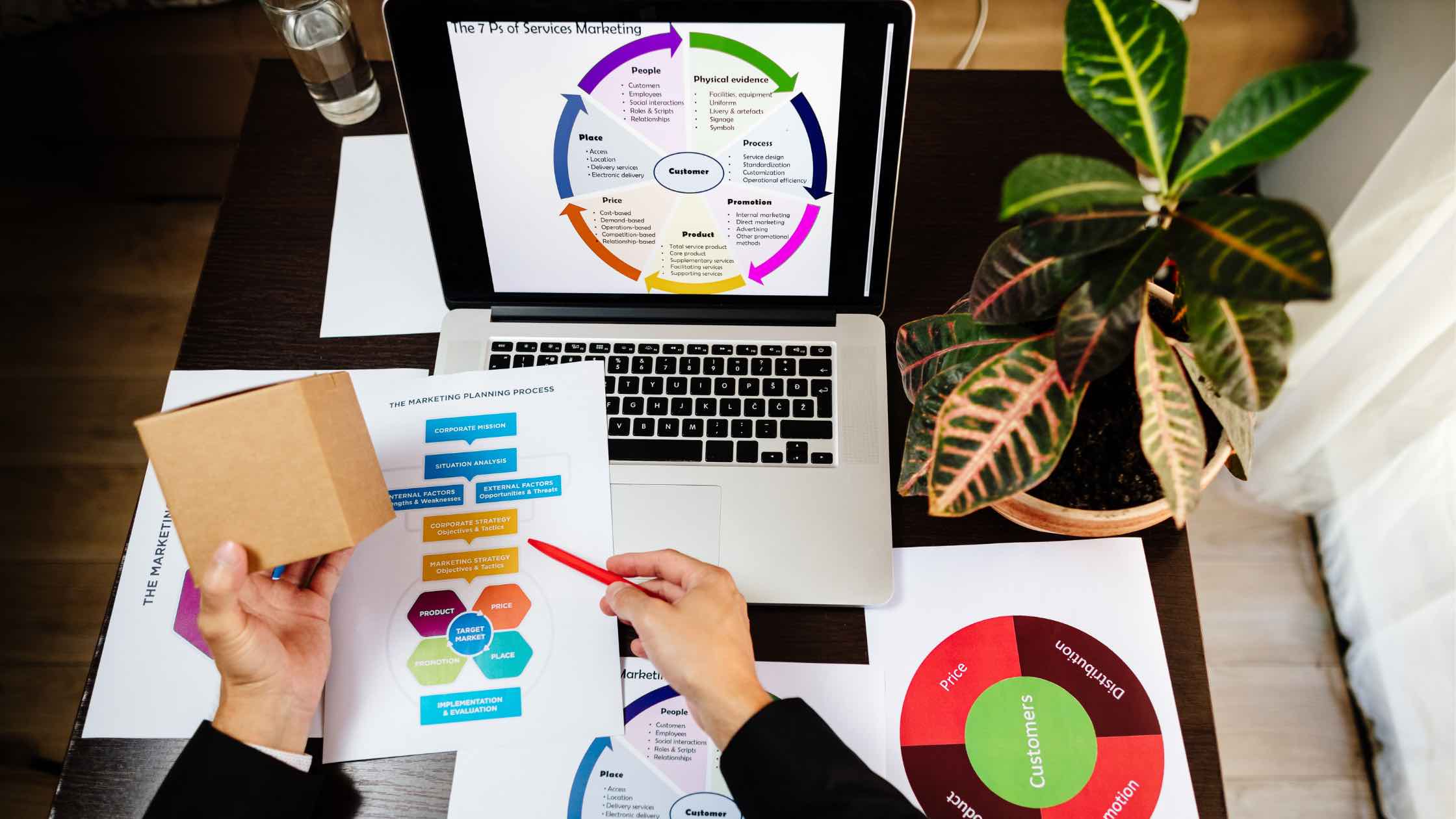New Product Development (NPD) is the process of introducing a new idea to the market with the goal of addressing the target audience’s needs.
Developing and launching products, particularly in the early stages of a business, may make or break its success. This is especially true for start-up companies.
One of the most difficult challenges for aspiring entrepreneurs is bringing their vision for a new product to reality.
In the context of product development, the term refers to the entire process of launching a product to the market.
In this process, you will analyze the needs of the market, design the product, develop a growth plan, launch the product, and get customer feedback.
Product Development is a critical component of the product design process.
You can create a successful end product no matter what you’re working on.
If you put in the appropriate preparation time through research and development, testing, sourcing, and pricing, among other things.
The road to a final product is varied for every product development project, and every industry has its own set of peculiarities that come with the territory of developing something new.
The product development process does not come to a conclusion until the product life cycle has been completed for the product.
By upgrading or making improvements to existing versions, you may continue to collect customer input and iterate on future versions.
Product discovery and addressing the specific problems of the target audience are the competitive advantages for new product development idea success.
As a result, it is critical to obtain feedback from the end-users.
Depending on the type of a company and its management style, product development processes might vary.
To turn an idea into a functional, high-quality product, a seven-step process is followed;
Step 1: Idea Generation
One of the objectives should be to develop a large number of worthwhile ideas that can be used to build a solid basis for the New Product Development plan.
The primary focus of step 1 should be on organizing brainstorming sessions in which solving customer problems take priority over all other considerations.
Step 2: Evaluate the Idea
This ensures that you are developing a product that consumers are willing to pay for and that you will not waste the effort, resources, and time on a concept that will not be profitable in the long run.
It is critical to obtain feedback from a wide and objective market in order to determine whether or not they would use your product.
Step 3: Concept Development & Planning
Make sure you have a plan in place before you start building your prototype.
End-users need to know exactly what the new product can offer before they buy it.
Step 4: Business Analysis
By this point, you’ve developed a specific product concept. In order to complete this phase, you must develop a detailed marketing strategy, which involves identifying your target audience and outlining your product proposition.
A company’s financial health is examined in the same way as its product price, distribution, and promotion are.
Again, all of these aspects and suggested techniques must be reviewed and must succeed in reaching the company’s and customer’s goals.
Step 5: Product Development
Your product is now ready to be turned into a prototype or first version as part of the new product development process.
New Product Development begins with the development of a prototype, which is followed by the development of a Minimum Viable Product (MVP).
When developing a new product, the purpose of the prototype phase is to generate a finished product that can be used as a sample for subsequent mass manufacturing.
As a result, it is easier to see how the product will look and determine whether or not it adheres to best practices.
Moreover, it assists in the early validation of a product concept as well as the rapid gathering of customer feedback in order to iterate and make modest, incremental changes to the product.
Step 6: Market Testing
Take a look at how the market has reacted to your goods. The primary concept here is to determine whether or not anyone would be willing to buy this product.
This step of the product development process is intended to validate the product’s concept.
Pricing, sales volume, and marketing messages are all factors to consider when determining the success of a product or service.
Step 7: Commercialization
It is now time to officially launch your product. Determine how much of your product the market is willing to buy, and then launch an adequate amount of your products to meet that demand.
This is the phase at which you have a lucrative product that is ready to be launched into the market. The final stage in this process is to get your product out there on the market!
Read more on Crenov8:
Six effective steps to achieving Sustainability Transformation
The Four stages of Creative Thinking
Four Critical Elements of Digital Transformation






